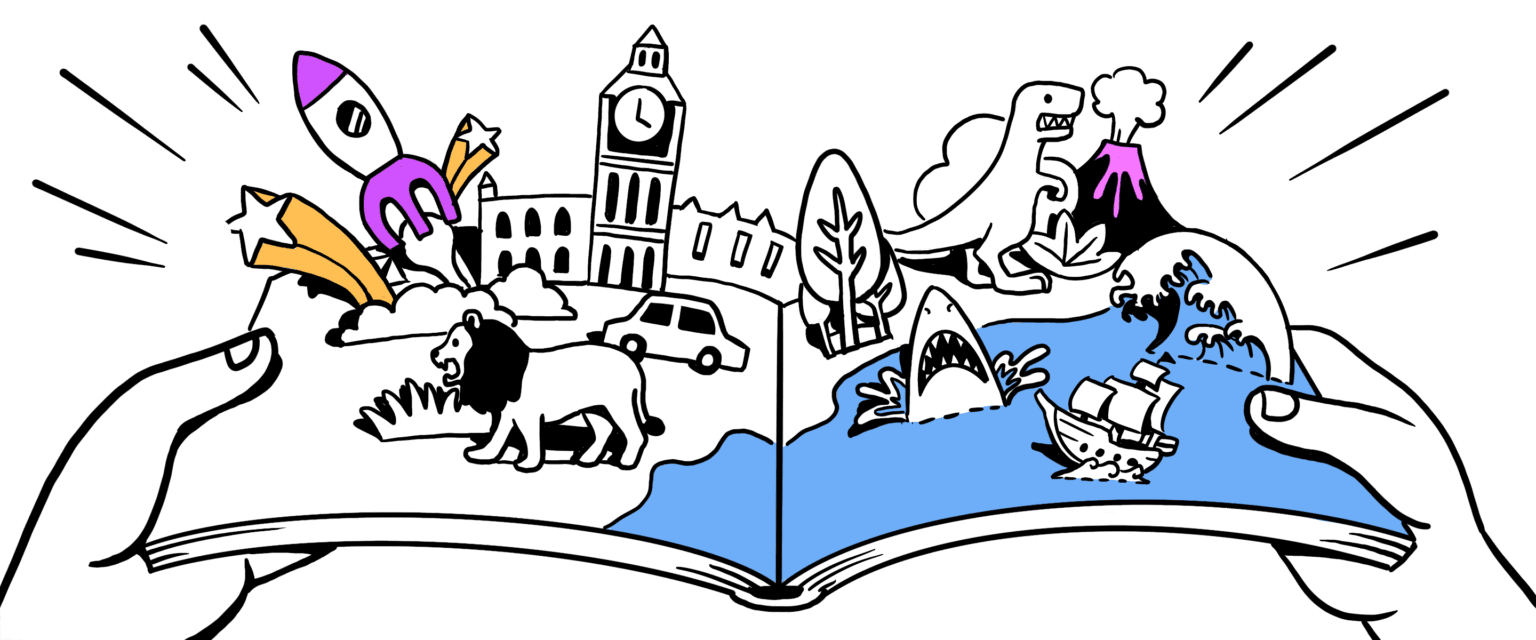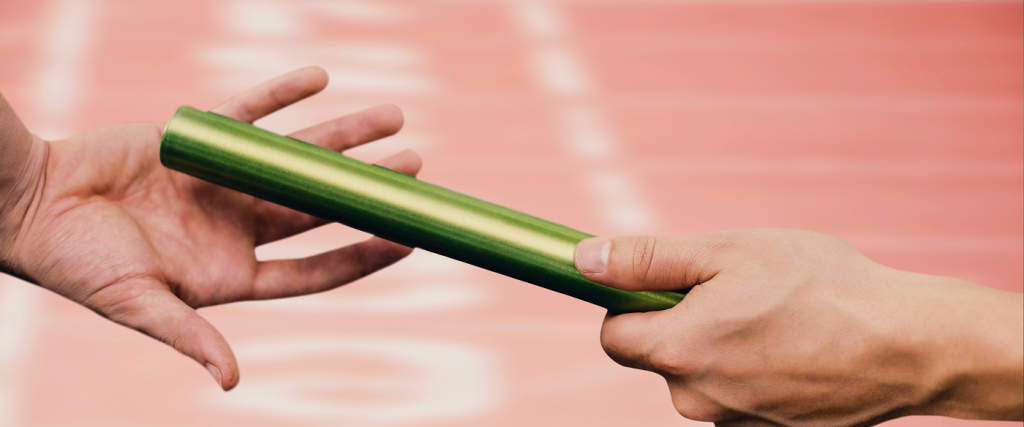POSTED IN
Marketing
WRITTEN BY
Nay Madani
DATE
People who work in the field of creativity have the urge to craft something from literally nothing by using visual library. We might witness magnificent artists whose craft we’ve never seen. But once we see those arts, we directly feel connected. Why do we feel like that?
Many designers and illustrators are bound to references since they only create something based on life experience. For example, how can you sketch a dragon creature if you haven’t seen an actual dragon? Especially if the internet can’t even find what you’re searching for.
There is something called a visual library in the creative process. That is where we start to develop our ideas from a void. Therefore, you can create anything you want without looking at references or depending on your life experience.
Visual library is virtue
A visual library helps you improve as a designer. For example, you can remember stuff while strolling down the street. It aids your improvement as a designer because you store the things you see in your memory.
For instance, when you want to design a car, you will create what other people commonly see. It’s because you have seen and know the appearance.
One of the key points of having a visual library is improving your memory of details. As a result, you will design a picture more quickly.
Furthermore, having your visual library can streamline your workflow. Then, you start producing designs rapidly, resolving client issues, and developing unique, extraordinary designs.
It will guide you to know which pieces to take and which to avoid. You build your sense of taste and understand what distinguishes “excellent” from “poor” things.
A visual library is essential to define your artistic identity and your own goals.
Everyone has their visual library
There is a good analogy about the visual library. Imagine your brain serves as an extensive library, with all the books and images stored inside. Then, when you want to think of something particular, your ‘brain-library’ will open up the specific texts and pictures about it.
Most artists unconsciously gather images from objects that have caught their attention over time. These could include print books, TV shows, or comic books.
Some might assume that using a visual library only duplicates existing designs. Even so, this phenomenon is accurate in some respects. But in reality, you’re using inspiration from various sources to develop your own.
There’s nothing new under the sun. So even though your drawings might be original, you probably are inspired by ideas from other references.
You can quickly build a rich visual collection if you stay interested in your surroundings. Of course, nobody’s library is perfect, and no two libraries are alike. Nevertheless, this might set your ideas apart from the other designers in the sea.
Meanwhile, there are things to pinpoint about having your visual library:
1. A visual library will always have thousands of different books available. Still, you don’t have to read them all at once. But you will know where to look for specific books on a subject when you think about it.
2. Knowing the details around you makes things more straightforward to encode this information in your brain.
3. Making use of references is not a crime. On the contrary, it’s a good habit to use references in your work because we cannot keep all the information in our thoughts.
Let’s develop your visual library
So, let’s suppose you wish to create your visual library. First, it’s always vital to seek references. But the honest way to create something is by looking at things directly.
Here are the tips for developing your visual library:
- Do a thorough observation of your surroundings. It can be about human beings, buildings, trees, animals, and other things you can find when walking on the street.
- Read various books and watch numerous films. Arts with expanding genres will add knowledge to your brain effectively. It can be about fantasy, romance, modernity, a slice of life, or even the outer space in which we know nothing.
- Get help from technology. The internet is the best source to seek references. In addition, you can see things outside your country, your field, or even your school.
- Design with no rules. When developing a visual library, there are no rules in storing it in your brain. You memorize things the way they are. That will shape your perception and how you style your design or illustrations.
Now, it’s time for you to create your visual library. Make sure to create something spectacular on your own. Check out our Instragam @nicetomeetyou.studio and our portfolios because there will be fantastic references to fill your brain!


